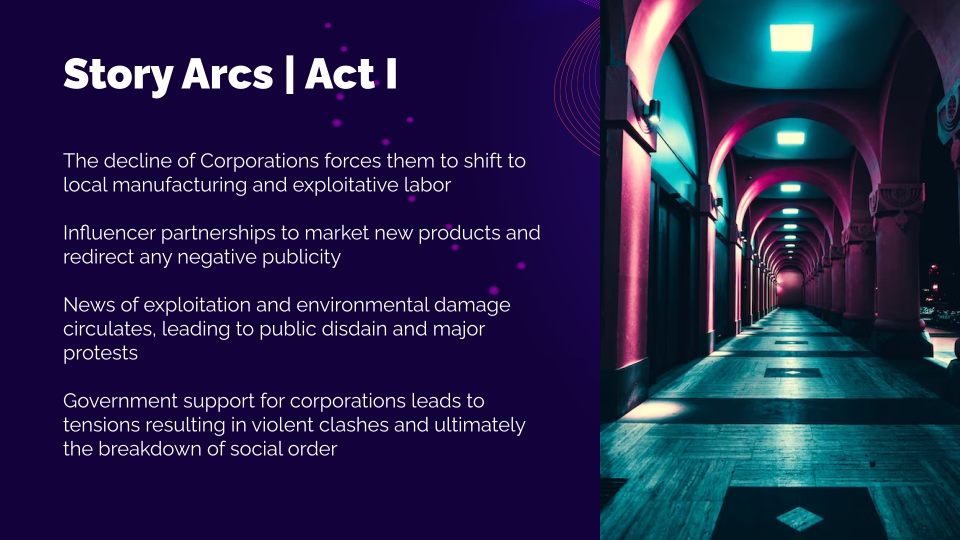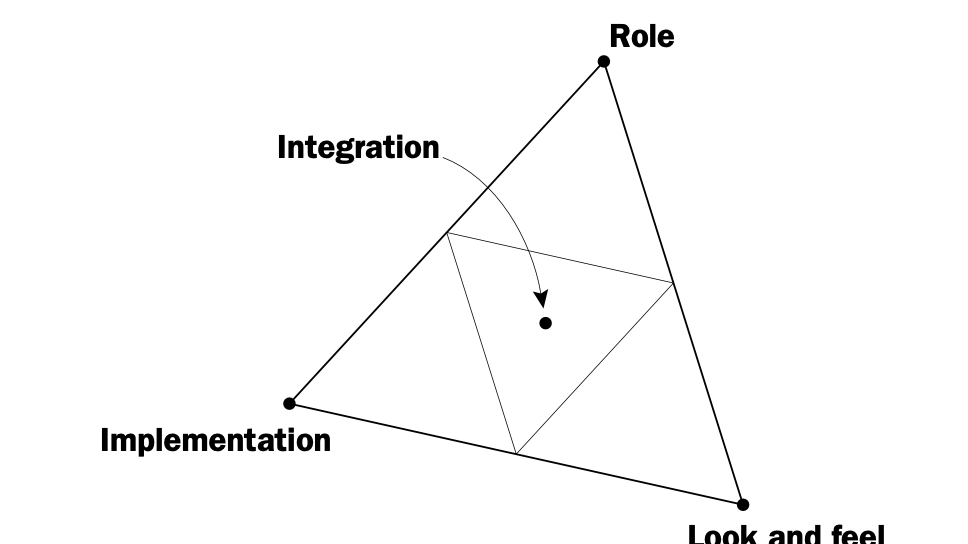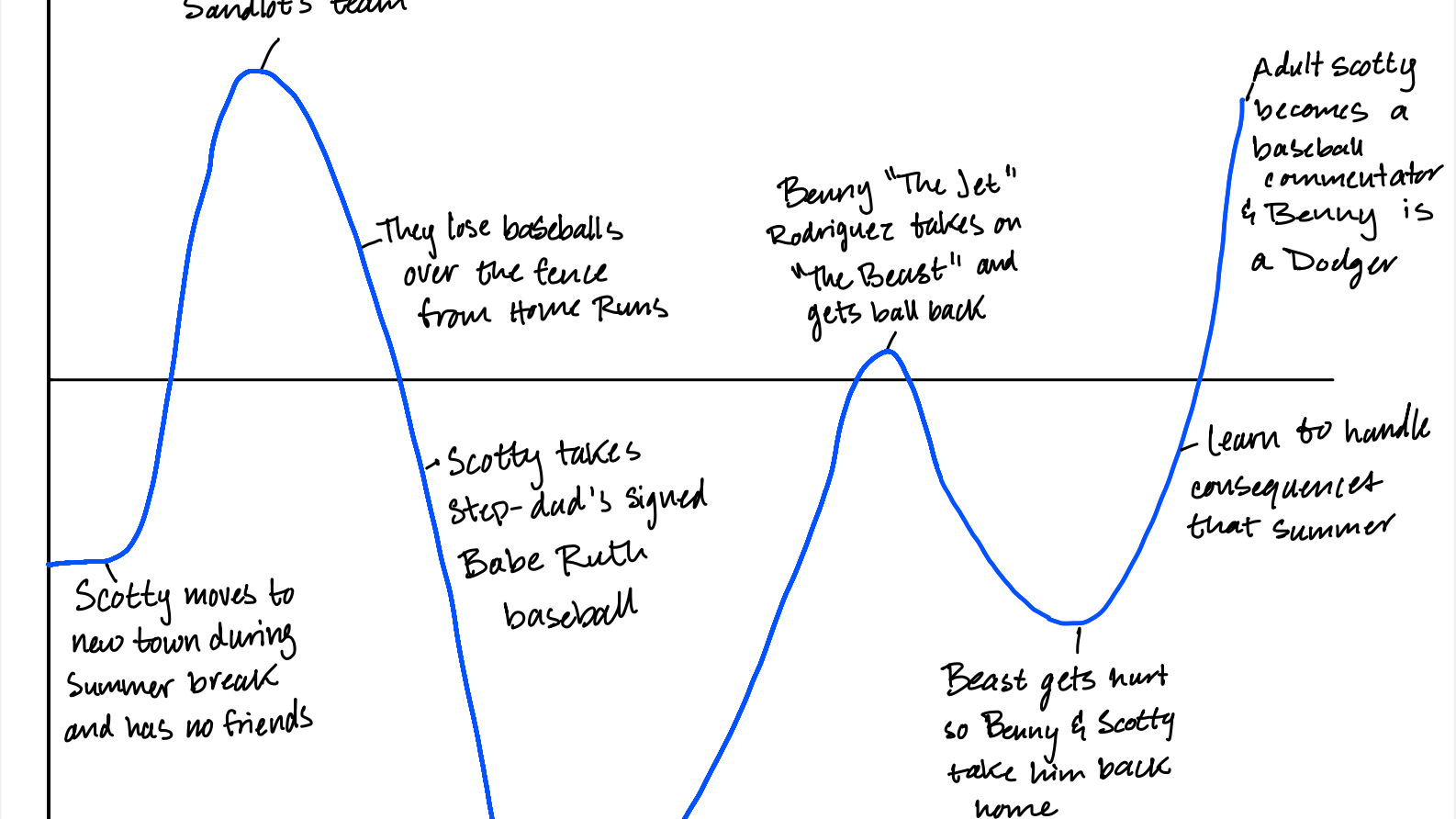My Main Takeaway
One of the main takeaways I had from reading Chapter 13 of Storytelling for User Experience, is that there are a multitude of ways in which we can communicate to audiences and it is up to the writer, or my case as a designer, that holds genuine value. I think the way that I’ve talked about problems and introduced the people who go through these problems is in a way that audiences can empathize with or at least view from the perspective of the people affected. Ultimately, we can tell the same story through characters, perspectives, etc. but the clear indicator is how authentic and genuine the story is which people will walk away remembering.
“In a user experience story, you might use a character’s dictio to show how an early objection can be overcome by a better experience or changing conditions.”
A way to create a character in a story is through dictio - essentially what the character claims to stand for but their actions are completely opposite of that claim. This technique can be useful to introduce conflict or pain points a character may be going through given their current state and/or philosophy. People are creatures of habit and so once we get into the rhythm of things, we’re not really inclined to introduce anything else even if there is a better alternative. If there is something that can entice a person to try something, we can look at what is currently frustrating them and try to navigate solutions in ways that address certain aspects of their philosophy.
“While there are no hard and fast guidelines about what to leave out, consider leaving out noncritical details that might be fun for the audience to fill in for themselves.”
Providing context can be useful for the user or viewer to understand what exactly is going on as they follow the character on this journey. In not utilizing overwhelming amounts of details, we can actually provide some space instead for the reader to fill them in. By allowing the reader to fill in the details, you are also creating this sense of engagement and association with the story which can in turn help the story be more memorable and even impactful. As the story progresses, we as writers need to make sure that we stay consistent in how we communicate the context and know how to craft the story in a way that any reader can connect with in some kind of way.
“You want your stories to sound natural as you tell them (or as people read them) and to be authentic to the experience they are about.”
Being able to connect with a person starts with being completely honest and genuinely yourself. When telling a story through the use of language, we need to acknowledge that every person speaks differently and can at times be influenced by where they live or their background. The point of the story is to tell others genuine stories from actual human experiences because an inauthentic story will lose the trust and interest from the reader. There may be times when we slightly change the way a person communicates their stories, but should only be done to clarify what they mean, not so that it fits into a narrative we’re attempting to push forward.










